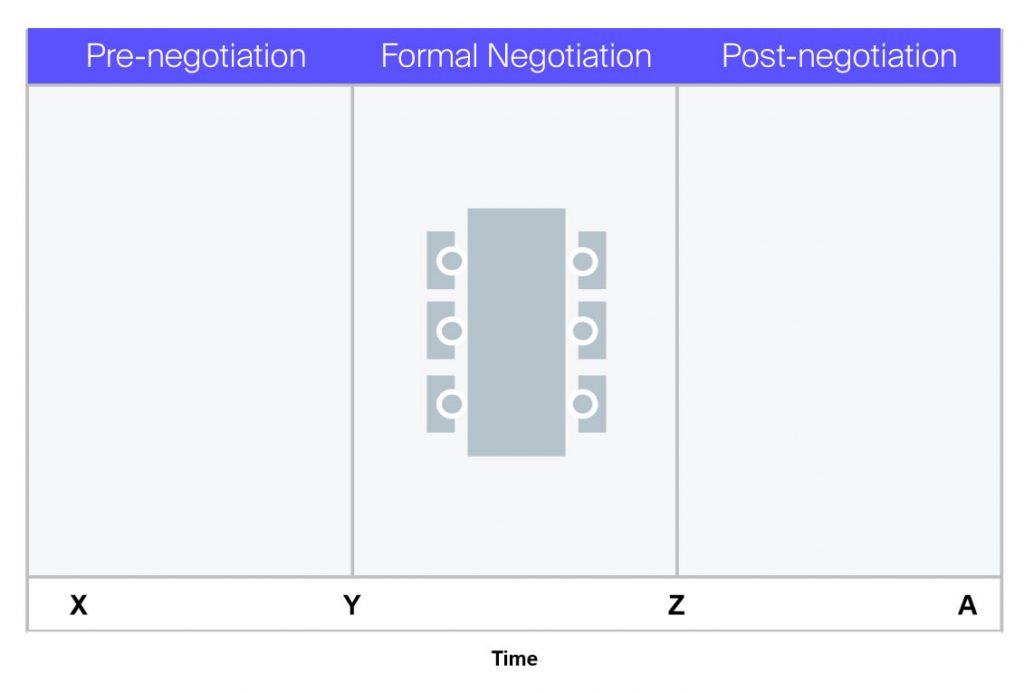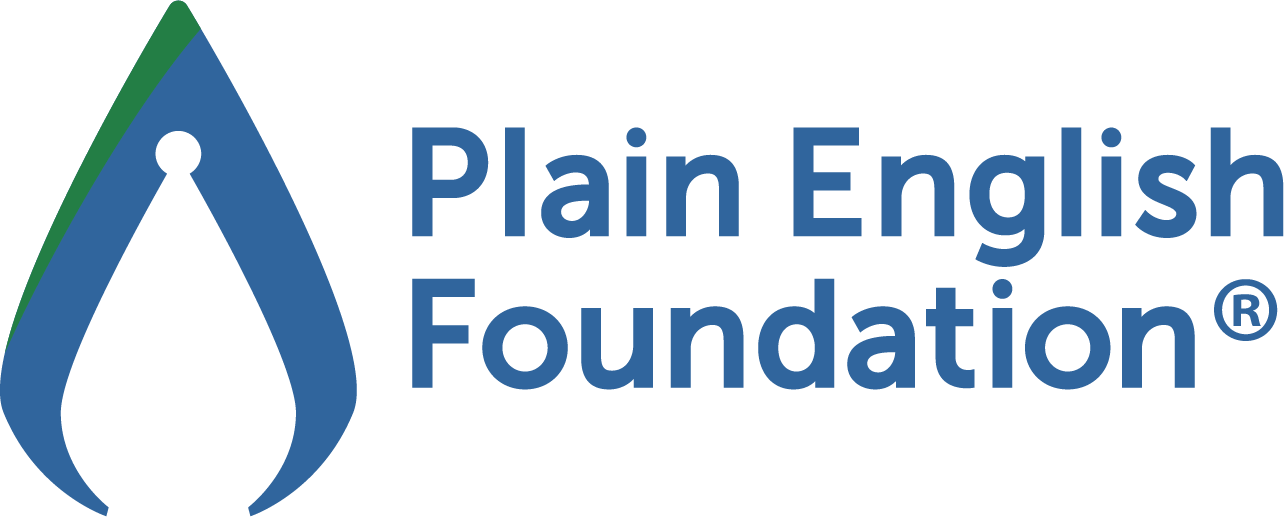In any negotiation both sides potentially have a finite amount of time available for preparation, and we certainly are not advocating spending more time through rehearsal. The difference between the parties is not the amount of time spent in the preparation, but rather the quality of how the available time is used.
When training negotiators, we have found it very useful to identify three separate time frames in the process. These are well illustrated in the diagram below, which appears in all our negotiating manuals and workbooks as a basic concept.

Unskilled negotiators, especially unconscious incompetents, rely upon their ability to ‘wing it’ in the formal negotiation period (Y-Z), or on their capacity to claw back through non-cooperation or non-implementation in the post-negotiation consequences (Z-A) time.
Both approaches are actually extremely time-consuming, but give the illusion of progress. This is particularly so in Western management where reputations are often built on the demonstrated capacity to fight fires rather than on preventing them through careful preparation.
We can demonstrate that time given to rehearsal in the pre-negotiation (X-Y) period, and utilizing ARR in particular, will save time overall. Further, the technique we advocate is extraordinarily effective.
From our experience of over 40 years, we have found our Active Role Reversal (ARR) negotiation preparation technique to be to be the most effective.
To discuss this article in more depth and explore developing your negotiation capabilities, please contact us via email or call +612 9299 9688.










